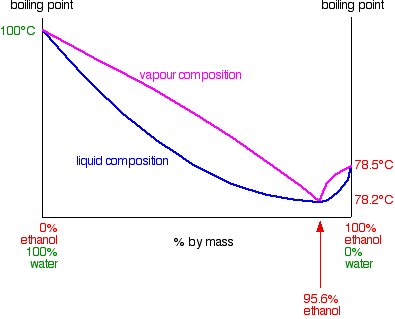Brilliant ideaI read a post a while back that someone used a french press and boiling water to make a hop tea. They then added this back to the NA brew and there you have it. My strategy would be to estimate the volume lost from the second boil when you drive off alcohol, then use that much water to make a hop tea. You end up with the same volume as before and get your hop flavor and aroma in there.
There is one small problem: hop utilization.
The amount of water that boils off......is little and the hops that you boil in that much water wont impart as much flavour/aroma as boiling in a full, say, 5-gallon beer. I need to find again what Palmer says about this....he gives the curve of hop utilization.
but then again....brilliant idea. Thanks.

































![Craft A Brew - Safale S-04 Dry Yeast - Fermentis - English Ale Dry Yeast - For English and American Ales and Hard Apple Ciders - Ingredients for Home Brewing - Beer Making Supplies - [1 Pack]](https://m.media-amazon.com/images/I/41fVGNh6JfL._SL500_.jpg)























 and has been off the sauce for 15 years. Whenever we dine out, he always gets Buckler, Clausthaler or Kaliber.
and has been off the sauce for 15 years. Whenever we dine out, he always gets Buckler, Clausthaler or Kaliber.
